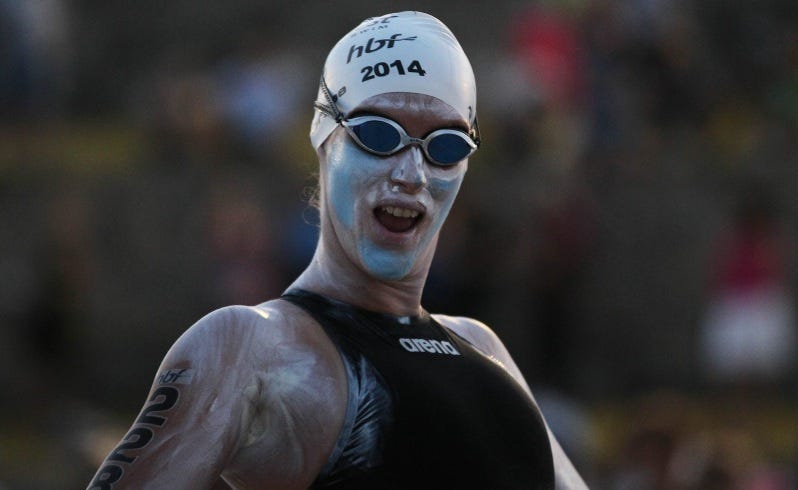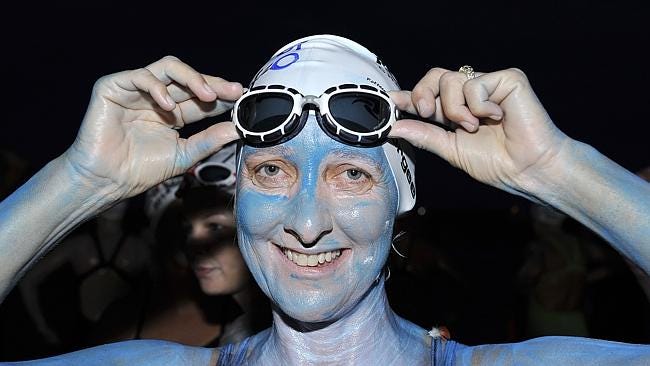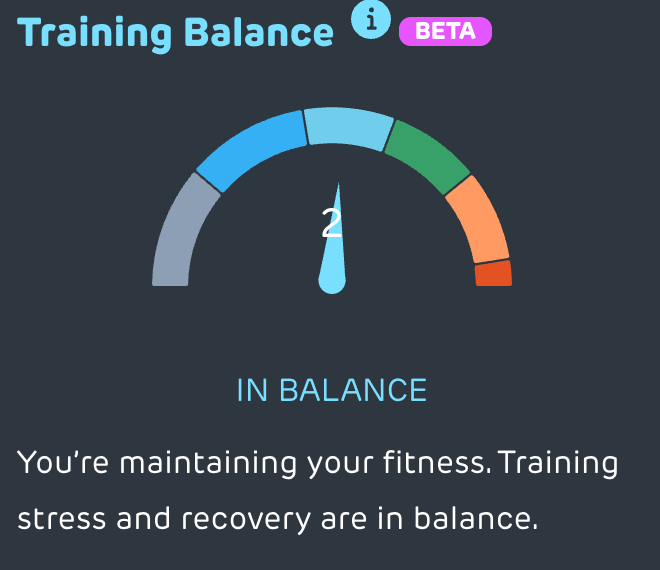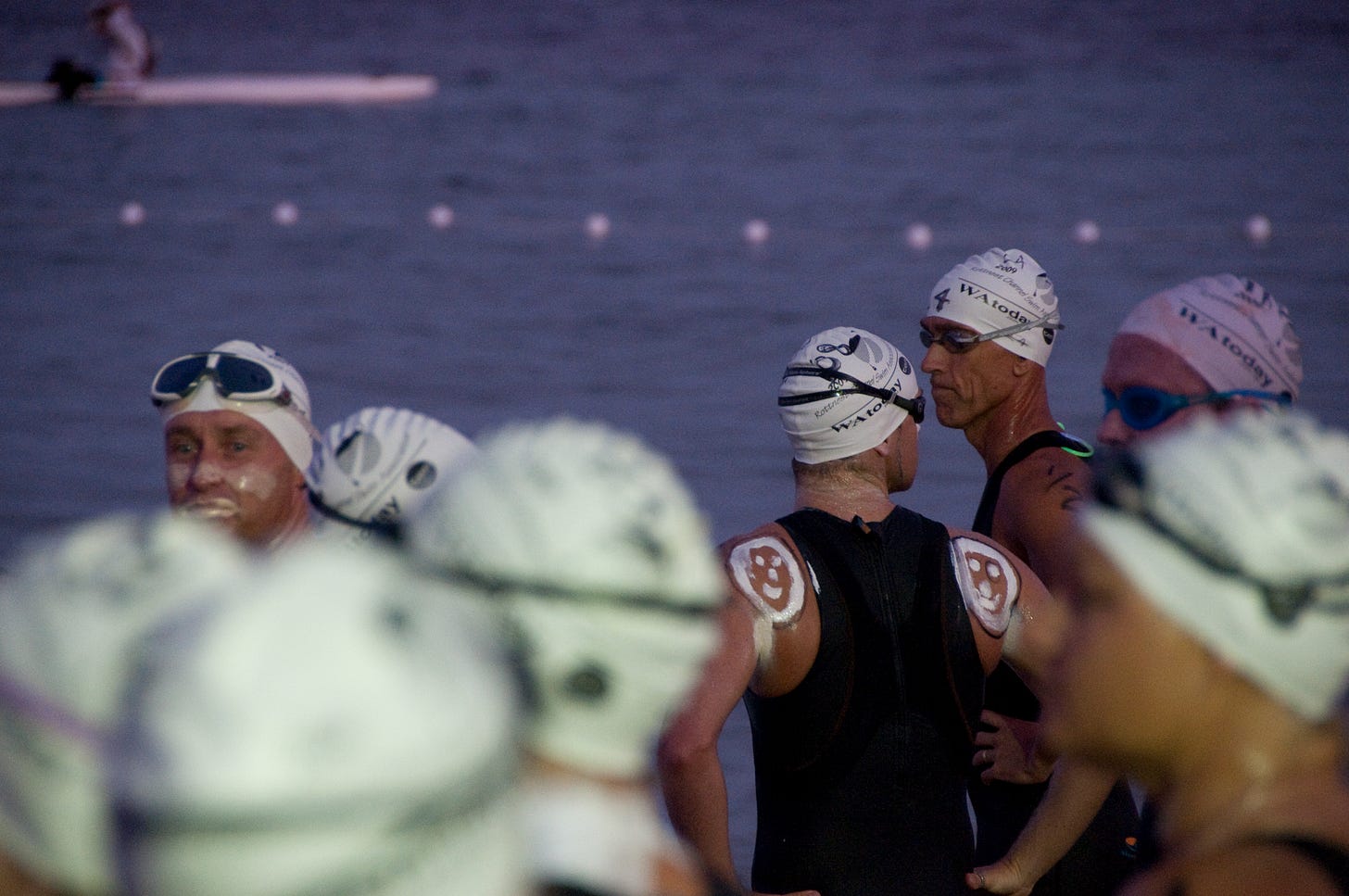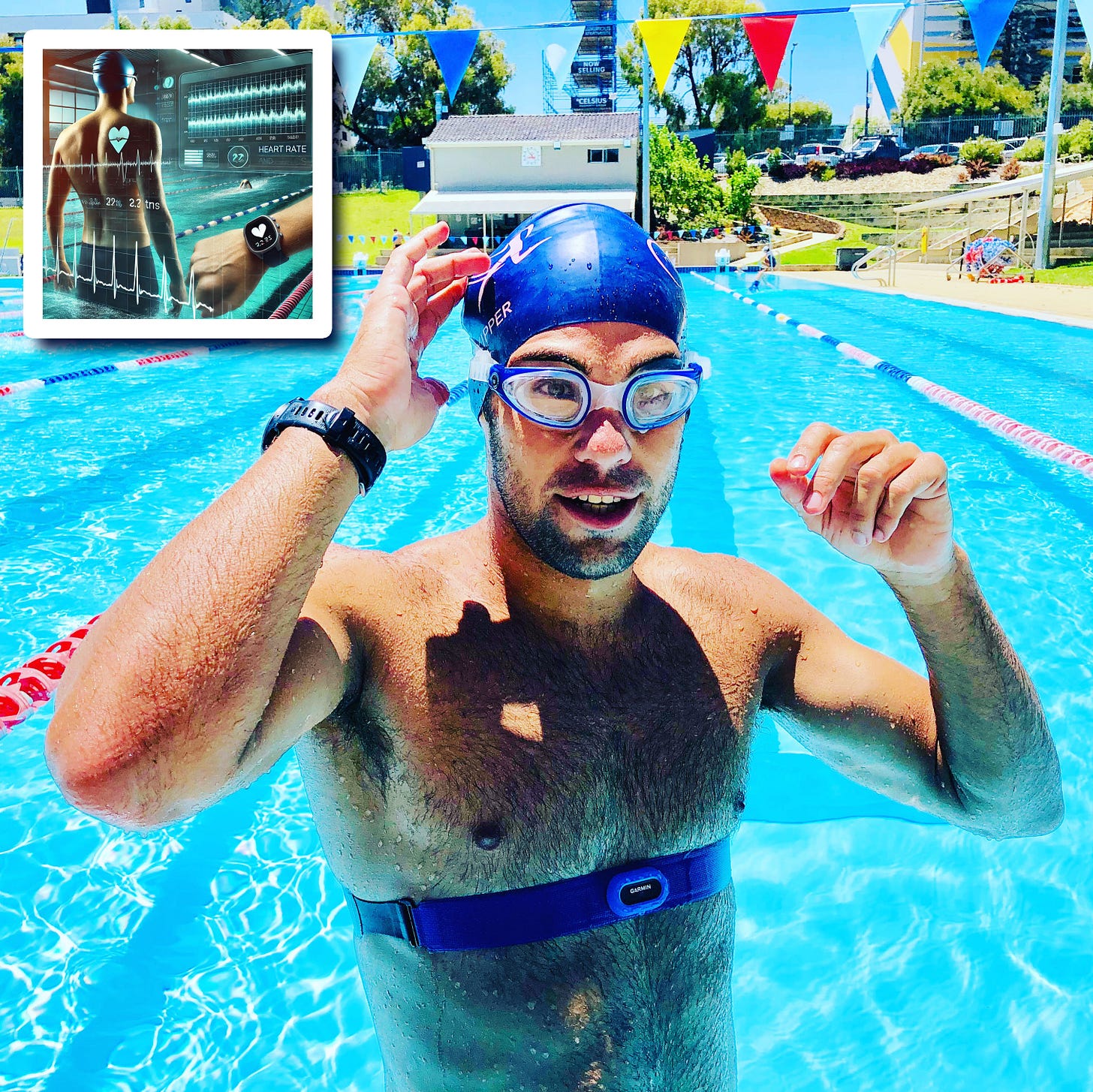Are You Overdoing It? How to Train Smarter and Stay Consistent
Training hard is good—but only when it’s balanced.
Hey Swimmers,
We’ve all been there. You hear that your training buddy is smashing out 30km a week. Suddenly, your own 15km feels… inadequate. The temptation kicks in—to swim more, push harder, do something to keep up.
But here's the truth: more isn’t always better. In fact, overtraining is one of the most common—and easily preventable—reasons swimmers plateau, burn out, or get injured.
Progress in the pool or open water isn’t about training the most. It’s about training the right amount for you. Let’s unpack how to walk that fine line between working hard and overdoing it.
The Warning Signs of Overtraining
Before you hit a wall, your body usually whispers that something’s off. Listen out for:
Persistent fatigue or lack of motivation
Frequent minor illnesses
Irritability or disrupted sleep
Performance decline despite increased effort
These signs often start subtly—like a sluggish session or sore shoulders—and grow when ignored. Overtraining is rarely about one hard session. It’s about cumulative stress without enough recovery.
The 7 Principles That Help You Avoid Overtraining
At Swim Smooth, we often refer back to these seven interconnected training principles. Understand and apply them, and you’ll find the balance that works best for you.
1. Individuality
Just because someone else is doing 5 sessions a week doesn’t mean you should too.
What matters most is your training age—how long you’ve trained consistently, not just your chronological age. Olympic triathlon gold medallist Alistair Brownlee was training from age 6. That’s why he could absorb big volumes in his 20s. You need to build that base gradually, at your own pace.
2. Specificity
Want to get better at long-distance swimming? Then your training should reflect that.
Sprinting might feel productive, but short, sharp intervals place more strain on the body and often have limited relevance to longer open water events. Focus instead on training around your Critical Swim Speed (CSS) pace for specific and sustainable aerobic development.
3. Progression
The old 10% rule still applies: increase your total load (volume + intensity) by no more than 10% each 1–2 weeks.
But even this varies. A highly trained swimmer might see gains with just 2–3% increments. A newer athlete may progress faster—but only if they allow the body time to adapt. It’s better to undercook than overdo.
4. Overload
You need stress to improve. But not all at once.
Think of your training like a rolling wave—push a little, then recover. Push a little more, then recover again. Keep the wave trending upward by not allowing the peaks to outpace the troughs.
One of the greatest ways of keeping a check on the balance between these peaks and troughs of your fitness is to connect your Garmin or Apple Watch to the Swim Smooth GURU - this, combined with ensuring your CSS pace is up to date, will allow us to red-flag you when you're training too much, or kick you up the bum when you're not!
5. Adaptation
Fitness gains don’t happen during the hard sessions—they happen during rest.
Get enough sleep, eat well, take lighter days when needed. Respect that recovery is part of training. And remember: stress from work, family, and life impacts your ability to recover, just as much as swim sessions do.
6. Recovery
It’s not just about time off—it’s about what you do in that time.
Massage, sleep, mobility work, time with family, even a complete mental break from training all count. You can’t expect to train like a pro if your recovery looks nothing like theirs.
7. Reversibility
Take a week off and you’ll likely lose a little. Take four weeks and you may need double that time to regain what you had.
That’s why consistency is key. If you’ve had a break, think of your return as training to train, not jumping straight into performance mode. Respect your base period.
A Different Kind of Success
Back in 2013, I won the Manhattan Island Marathon Swim against a field of younger, full-time athletes. Was I training more? No. I was training smarter—with 11 to 14 hours a week around a full-time job and young family. It’s not about hero sessions. It’s about balance.
Sustainable Progress Beats Sporadic Intensity
If you’ve ever wondered whether you're doing enough, chances are… you are. The key is making sure you’re not doing too much too soon.
Be proud of the sessions you complete—not the ones you’re tempted to add on. Consistency, not chaos, leads to confidence.
Next week, we’ll explore how to become more versatile in open water—so you’re prepared for whatever the course, conditions, or competition throws your way.
Until then! Catch you later!
Yoru Coach, Paul
Keep reading with a 7-day free trial
Subscribe to Weekly Blog by Swim Smooth to keep reading this post and get 7 days of free access to the full post archives.




